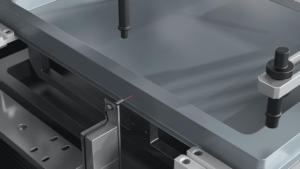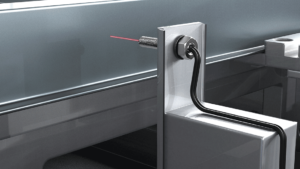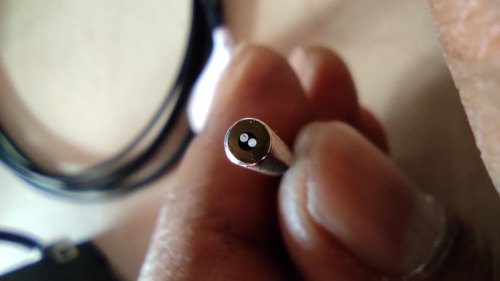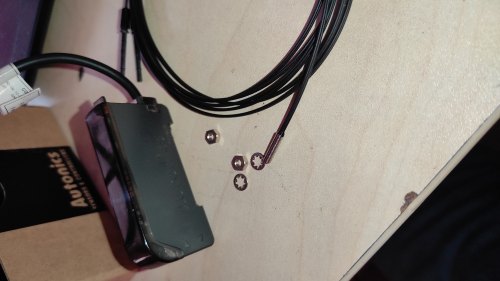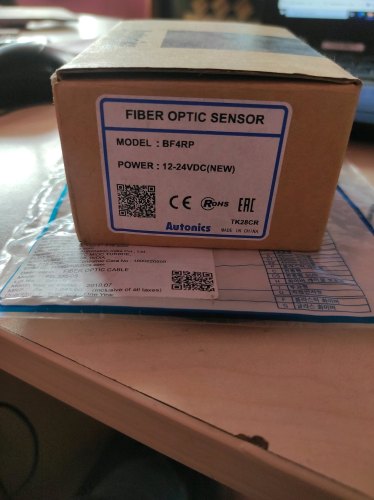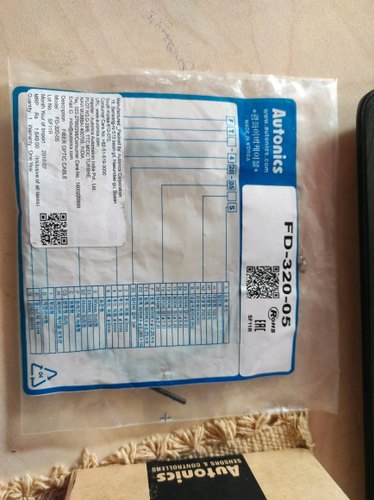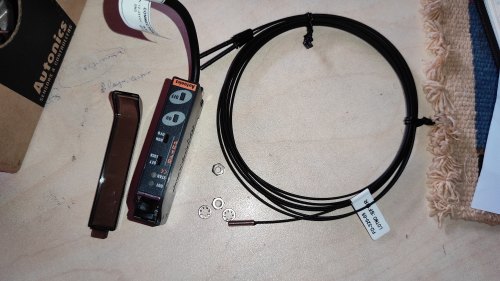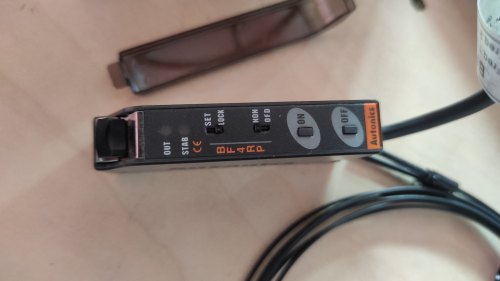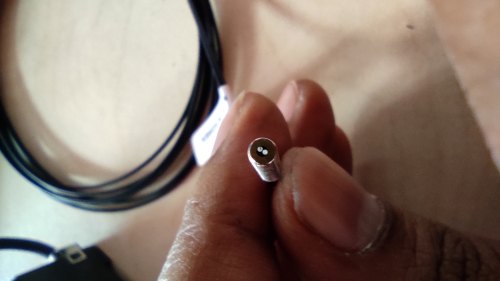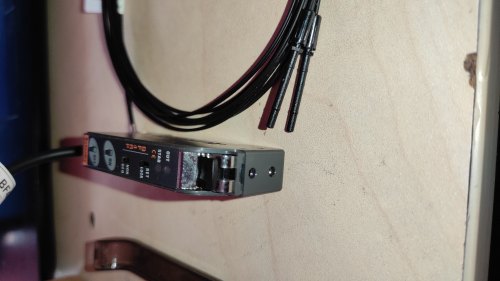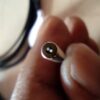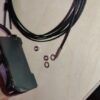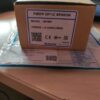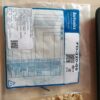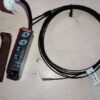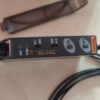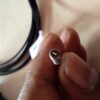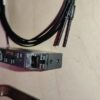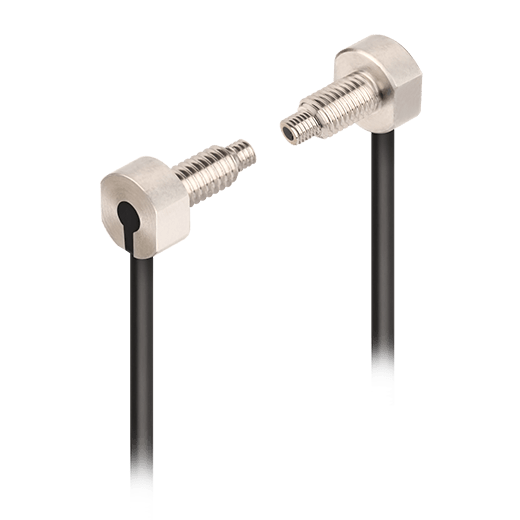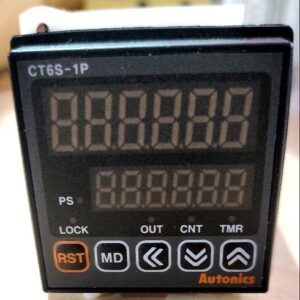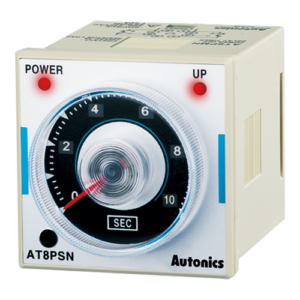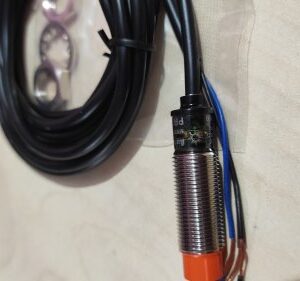Main features
- Various head types and sensing methods for diverse environments
– Thread, cylindrical, flat, L-shaped, plastic, perpendicular, stainless steel, U-shaped and area detection head types for various user requirements
– Through-beam, retroreflective and convergent reflective methods are available for diverse working conditions
-

Various Fiber Shapes & Types
-
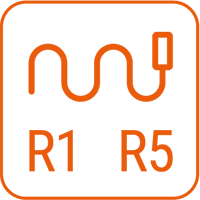
High-Flex Cables
-
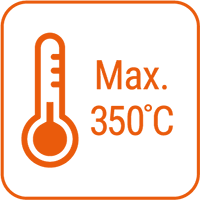
Heat-Resistant
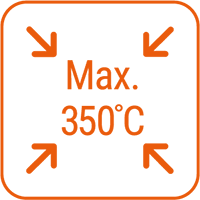
Vacuum-Resistant
9 Head Types for Various Environments
-
-
Thread Type (Through-beam, Retroreflective)
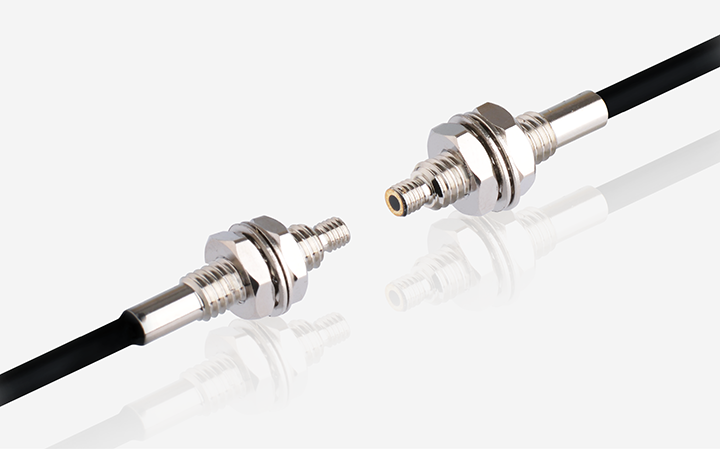
-
-
Cylindrical Type (Through-beam, Retroreflective)
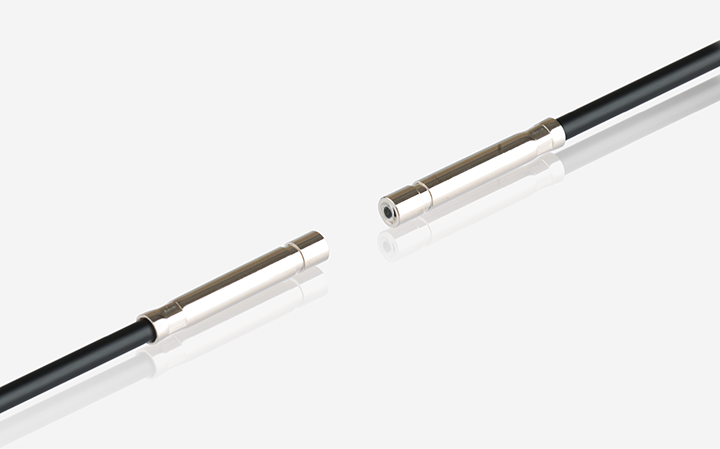
Flat Type (Through-beam, Retroreflective, Convergent reflective)
-
-
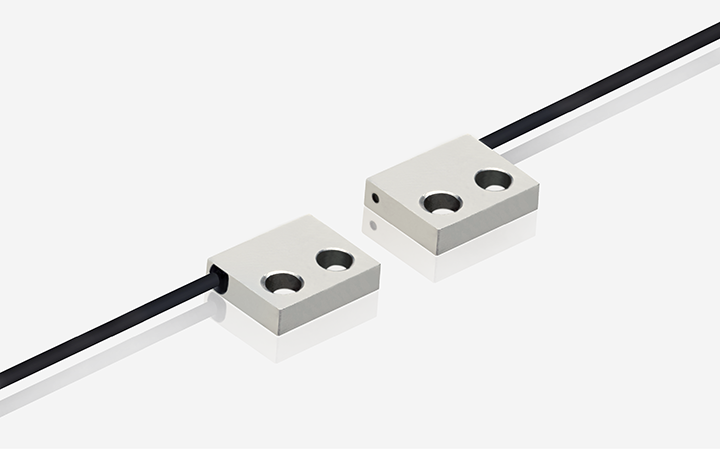
▶ Top View
-
-
-
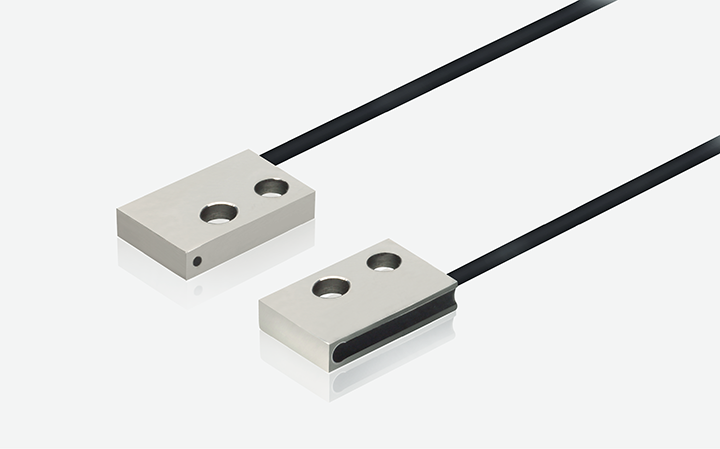
▶ Side View
-
-
-
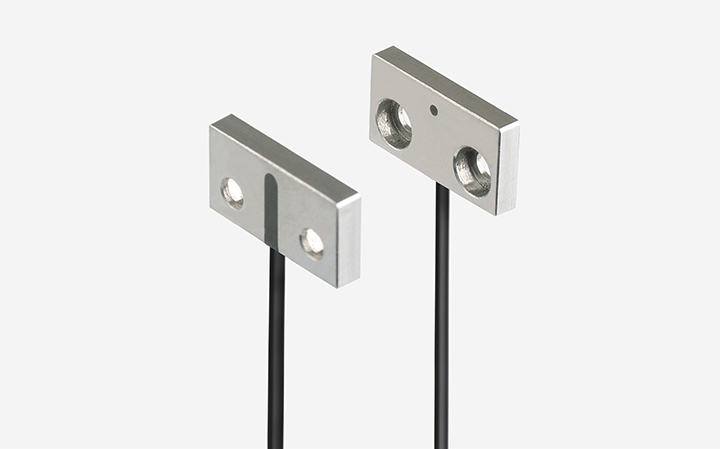
▶ Flat View
-
-
-
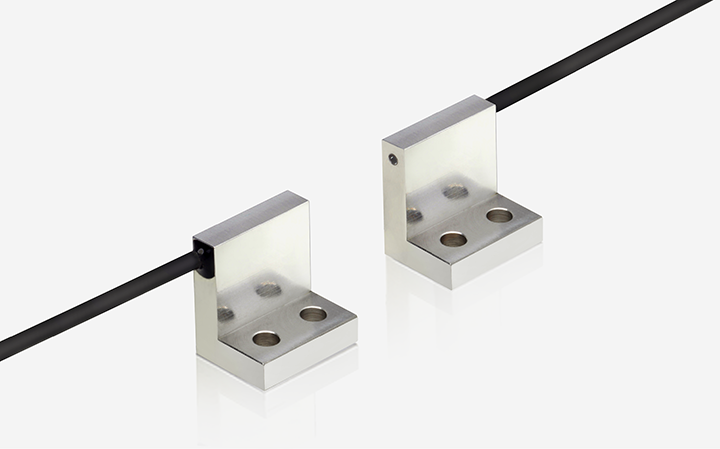
▶ L-Type Top View
-
-
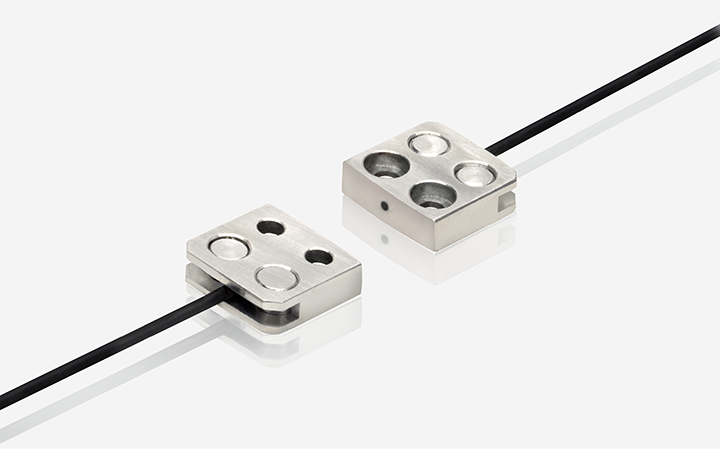
▶ Top + Side View
-
-
L-Shaped Type (Through-beam, Retroreflective)
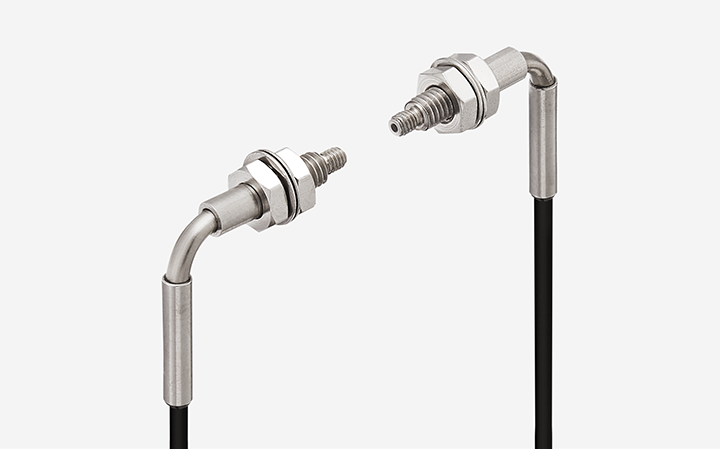
-
-
-
Plastic Type (Through-beam, Retroreflective)
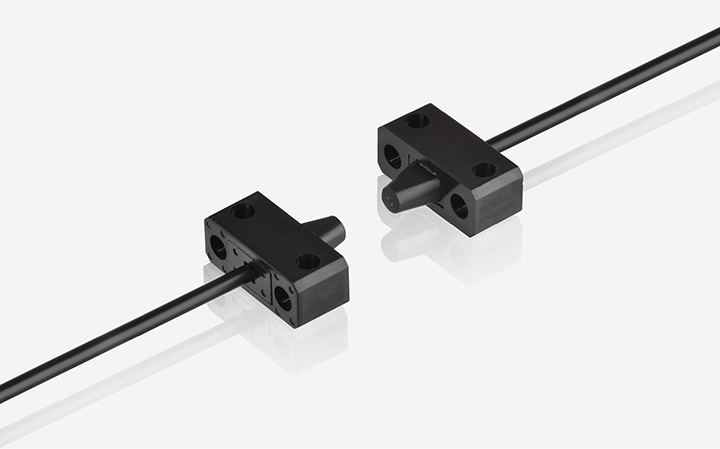
-
-
-
Perpendicular Type (Through-beam, Retroreflective)
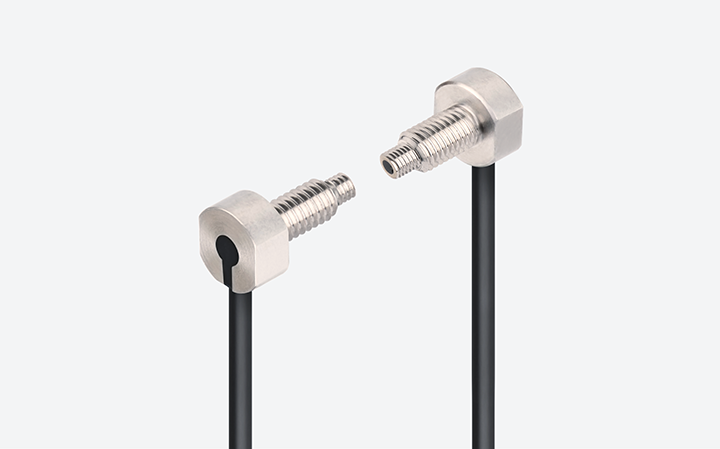
-
-
-
Stainless Steel Type (Through-beam, Retroreflective)
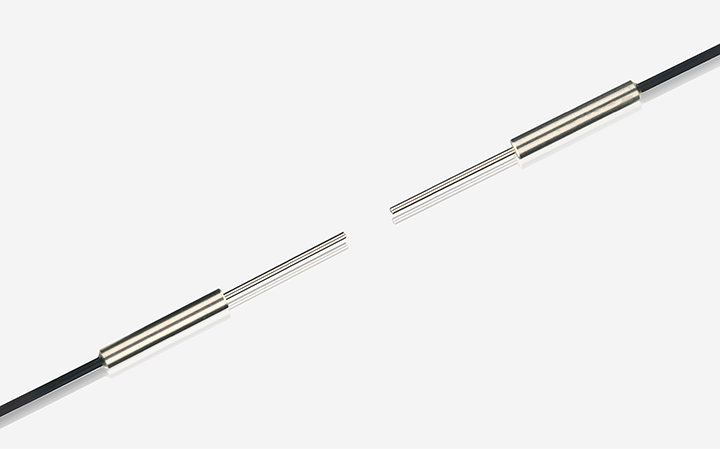
-
-
-
U-Shaped Type (Through-beam)
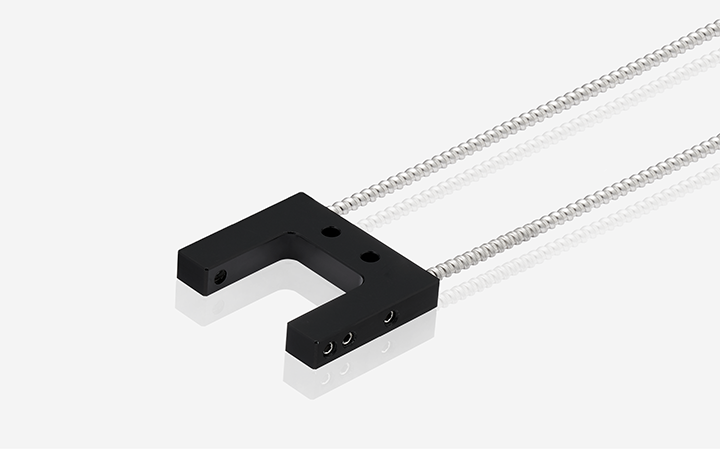
-
-
Area Detection Type (Through-beam, Retroreflective)
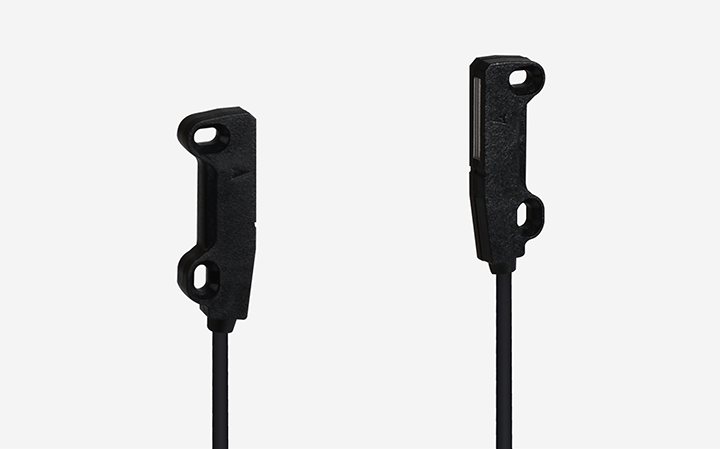
Various Cable Types Available for Diverse Environments
-
-
Standard Type Standard fiber optic cables
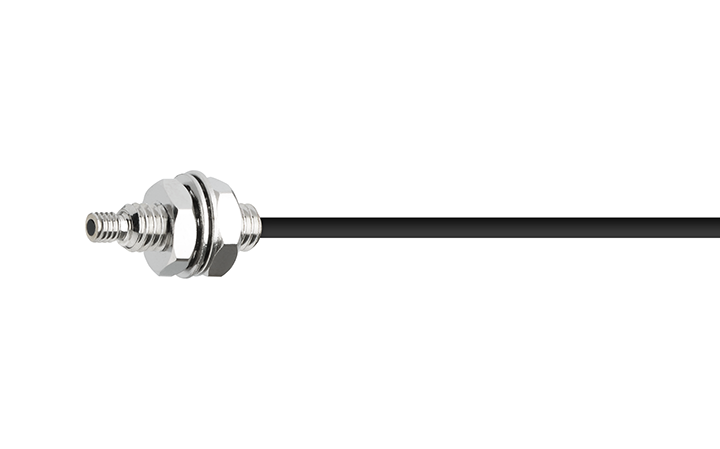
-
-
-
Heat-Resistant Type Withstand extreme temperature conditions from -60°C to 350°C
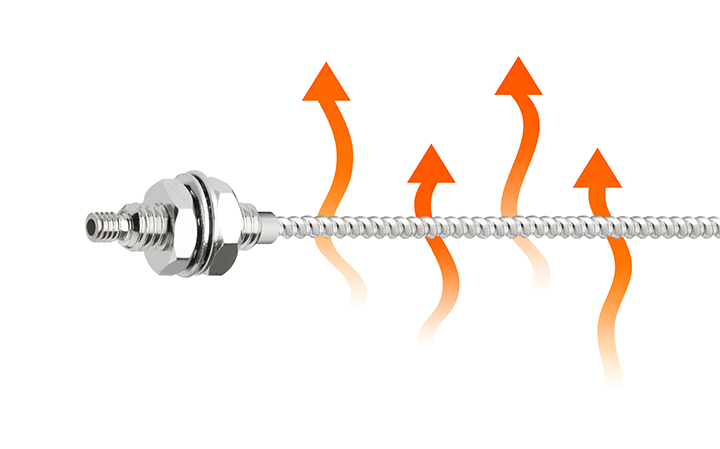
-
-
-
Vacuum-Resistant Type Withstand vacuum conditions from -60°C to 350°C
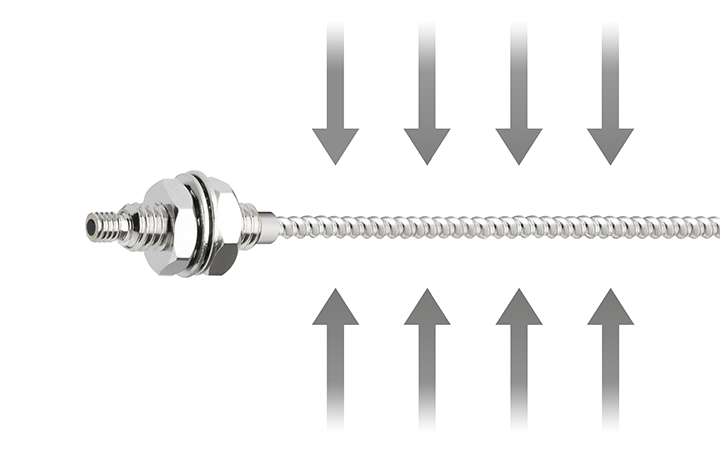
-
-
-
Break-Resistant Type R5, Withstand frequent bending without breaking
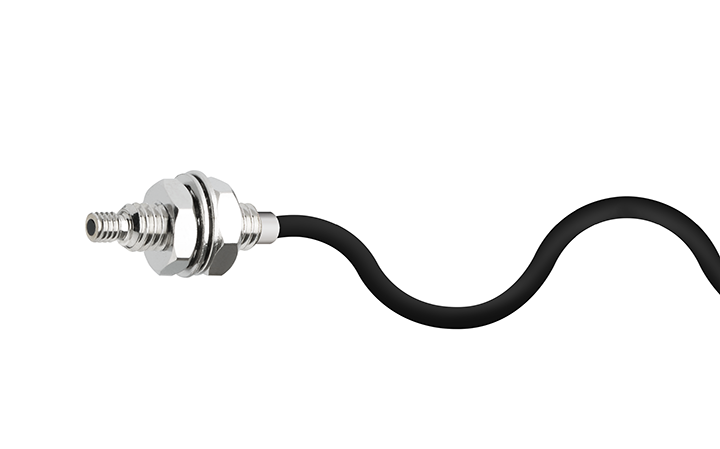
-
-
Flexible Type R1, Ideal for installation environments with contours. (R1>R5)
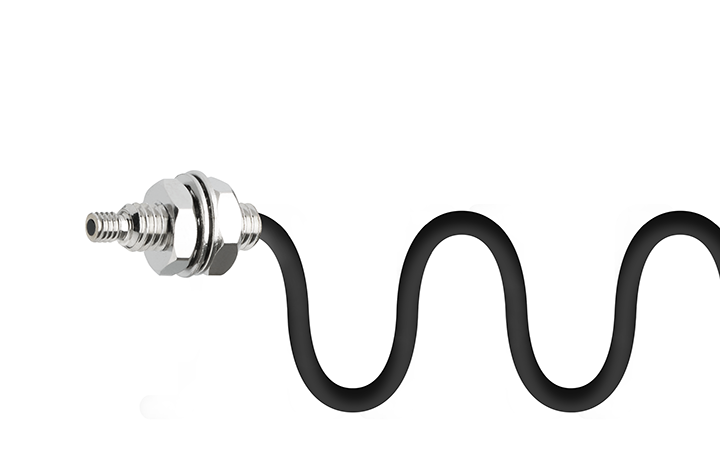
Applications
-

Wafer Baking Equipment
Fiber optic units are used to detect wafers in extremely high-temperature environments.
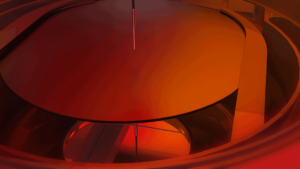
-
Manufacturing Process
Fiber optic units can be used to confirm presence of the trays in manufacturing lines
